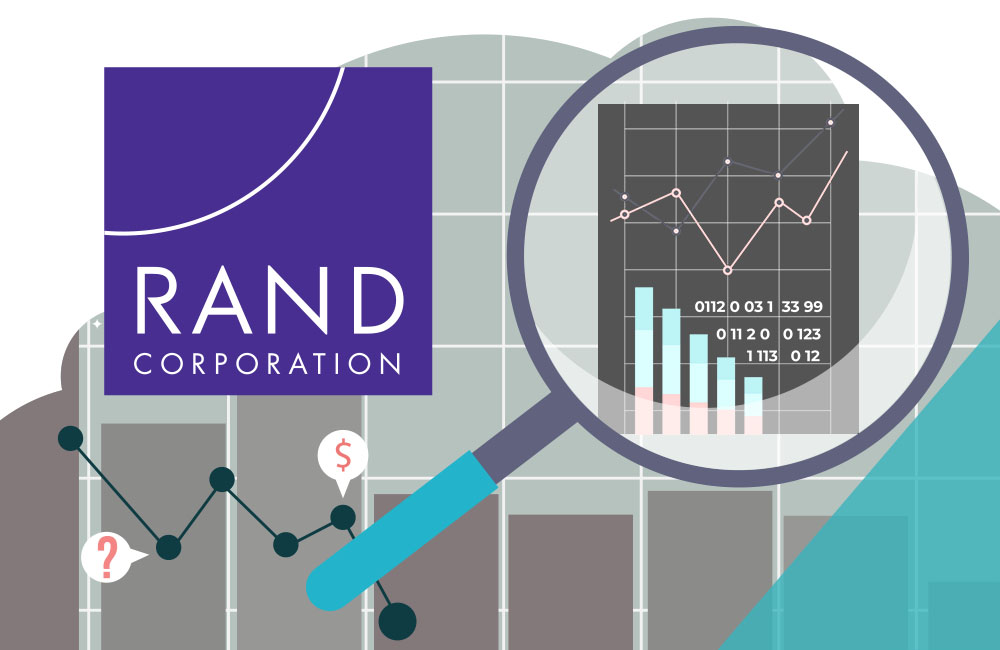
Who Can Self-Fund Successfully? Debunking 4 Self-Funding Misconceptions
When employers self-fund or self-insure their health plan, they pay for their employees’ and covered family members’ healthcare expenses instead of paying a premium to a commercial insurer. This means taking on the responsibility – as well as the risks and rewards of paying the medical and prescription drug claims of plan participants. Self-funding can be a better alternative to the traditional fully insured approach, driving greater transparency, control, and cost savings.
Self-funding can be confusing and overwhelming for employers who want to make the switch from traditional insurance. There is a misconception that self-funding only works for large companies with significant budgets and extensive resources. The truth is that self-funding is attainable and sustainable for companies of all sizes and structures. Let’s debunk four prevalent self-funding myths and explore why it might be the right fit for your organization.
 My Organization is Too Small for Self-Funding
My Organization is Too Small for Self-Funding
The belief that self-funding is exclusively for large organizations is a persistent misconception. Small businesses often assume they lack the scale or financial stability to self-fund their health plans. The reality is that the size of the company doesn’t dictate eligibility for self-funding. An organization only needs enough employees to be able to aggregate claims data for confidentiality. Even with a smaller workforce, self-funding can be a viable and cost-effective option. Unions, Taft-Hartley Insurance Trusts, municipalities, school districts, and other types and sizes of organizations have successfully self-funded with The Alliance. We have employers with as few as 20 covered employees who self-fund. Smaller employers also access The Alliance networks using a level-funded platform.
 Self-Funded Plans are Complicated and Labor Intensive
Self-Funded Plans are Complicated and Labor Intensive
Another common myth about self-funding is the belief that it’s complex to start and labor-intensive to maintain. Many organizations shy away from self-funding due to fears of administrative burdens and regulatory complexities. While it’s true that managing a self-funded plan requires attention to detail, with the right partners and solutions, the process can be streamlined.
Benefit partners provide services that allow employers to effectively facilitate their benefit programs. A few examples of benefit partners include brokers, third-party administrators (TPAs), pharmacy benefit managers (PBMs), networks, independent primary care, care navigation providers, and stop-loss insurance carriers.
BROKERS
Brokers offer their expertise to guide employers on benefits options, vendors, and products and services. They act as a quarterback that brings the elements of benefit plans together.
THIRD-PARTY ADMINISTRATORS
TPAs manage operational services, including claims, processing, and reporting for self-funded health plans.
NETWORKS
A network, like The Alliance Smarter NetworksSM, is a curated list of healthcare providers contracted to provide care to plan members at negotiated rates. The Alliance offers a broad network with customizable, tiered options. This gives employees the most choice and the option to choose preferred-value providers.
PHARMACY BENEFITS MANAGERS (PBMs)
PBMs are third-party vendors that handle pharmacy and prescription drug benefits for insurers and self-funded health plans.
INDEPENDENT PRIMARY CARE
Independent physicians choose to provide care outside of a major hospital or health system. One example of independent primary care is direct primary care. In this care model, a self-funded employer or network contracts directly with primary care physicians. Another example is employer-sponsored clinics, where a self-funded employer funds a clinic where their employees can seek care at low or no cost.
CARE NAVIGATION PROVIDERS
Care navigation providers help guide employees and their families through the process of care so they can get the most out of their benefits.
STOP-LOSS INSURANCE CARRIERS
Stop-loss insurance (or re-insurance) carriers financially protect self-funded employers against unexpected and catastrophic claims.
There are many vendors in the market. So, to maximize the effectiveness of their plan, employers should choose innovative and supportive partners to help create and administer the best benefit program for their employees and their families. You can read more about what to look for when choosing benefit partners here.
The Alliance acts as a partner for self-funded employers who want more control over their healthcare costs. Using our Smarter NetworksSM and sophisticated data mining and analysis, we provide transparent, creative approaches to network and benefit plan design to unlock savings.
 Self-Funding is Expensive
Self-Funding is Expensive
One of the most significant barriers to entry for small companies considering self-funding is the misconception that it poses significant financial risks or requires large amounts of cash on hand. However, stop-loss insurance can provide protection against catastrophic claims, mitigating the perceived risks associated with self-funding.
Self-funding can provide cost-saving opportunities over traditional fully insured plans. Through strategies like steering and tiering, companies can control costs and minimize financial exposure. For example, employers who used their data to guide employees saved more than 20% per member per month (PMPM) over employers who did not. You can read more about steering and tiering here. The Alliance helps our employer-members design steering and tiering strategies that save their businesses money while often improving the value of care.
 Employees Will Be Confused about How to Use the Plan
Employees Will Be Confused about How to Use the Plan
A common concern among employers considering self-funding is the fear that employees will be confused about how to use their new benefits plan. For employees, accessing care through a self-funded plan is nearly identical to accessing care through a traditionally insured plan. Effective, consistent communication and education can address these concerns and empower employees to make informed decisions about their healthcare. For example, employers can communicate about how to choose providers who offer high-quality care at low prices. They can also educate about how to choose the correct site of care for different healthcare needs.
The Alliance offers comprehensive educational resources that employers can share with their workforce to clarify responsibilities and maximize the value of their benefits plan. By fostering transparency and providing support, companies can ensure a smooth transition to self-funding.
The Power of Self-Funding
In summary, self-funding can be a game-changer for organizations looking to offer competitive benefits while managing their healthcare spending. This method is not only for large corporations with extensive resources. Small businesses can also reap the benefits of self-funding by leveraging the right strategies and partnerships, opening the door to greater flexibility, control, and financial stability.
If you’d like to learn more about self-funding and if it’s right for your business, please schedule an appointment with me or reach out.
Register for our 2024 Spring Symposium: Transforming Healthcare Together to hear stories of sustainable self-funding success and learn actionable steps and strategies you can use for your health plan.








